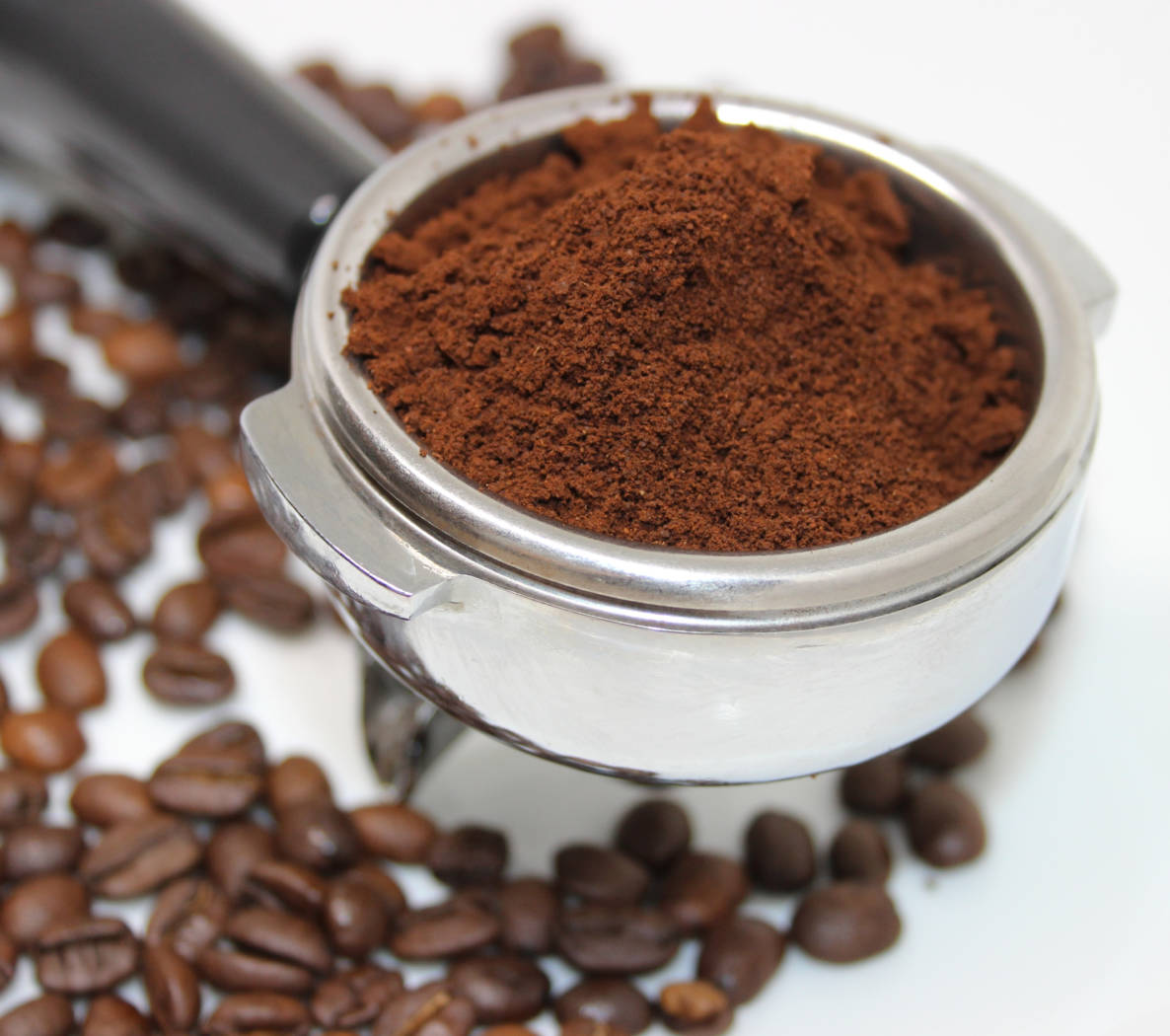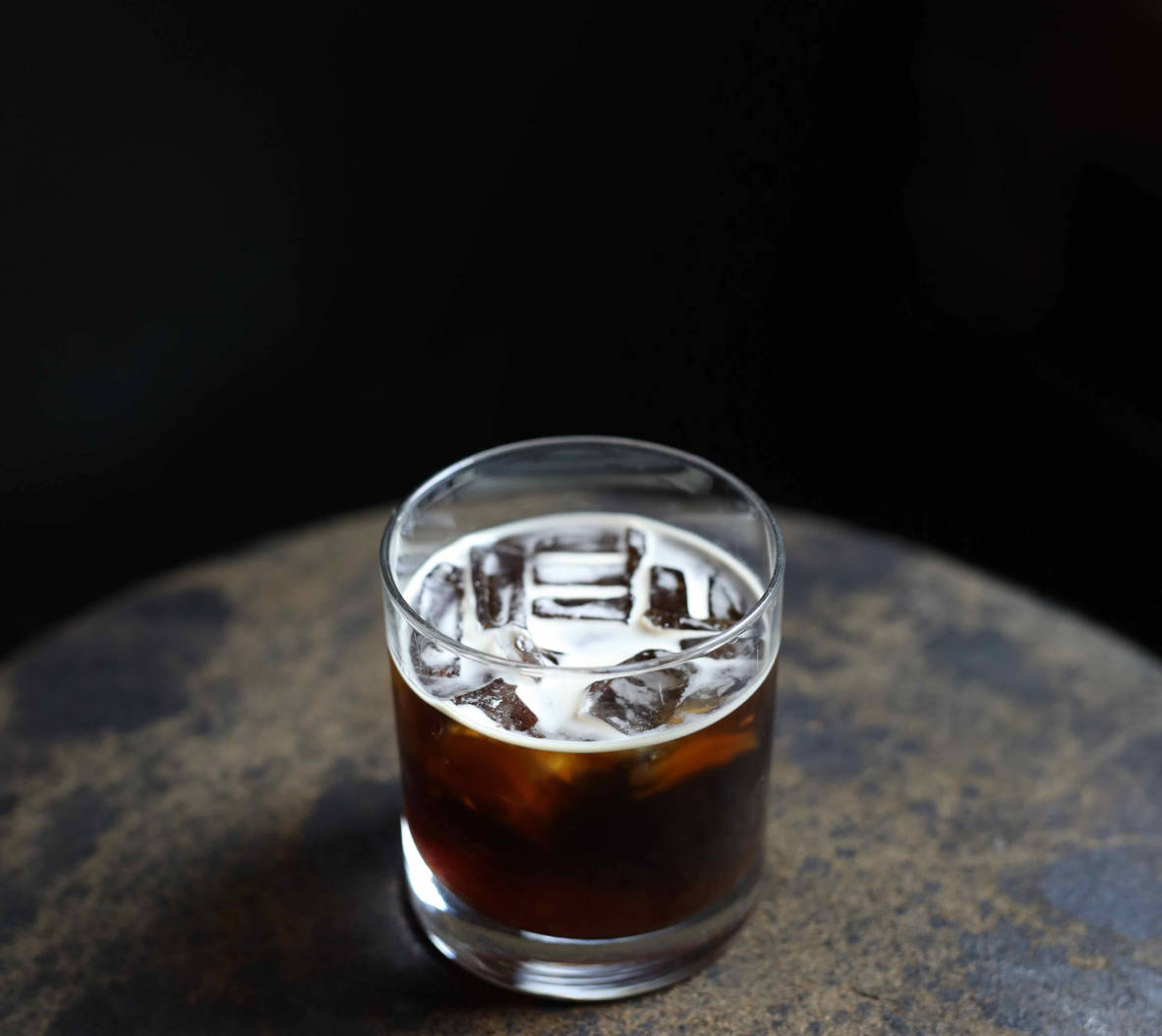Making the perfect cup of coffee is a matter of personal preference, but here are some general steps you can follow to achieve a delicious brew:

1. Picking Your Beans
Start with favourite Bird & Wild coffee beans: We recommend using fresh coffee to achieve the best flavor.
It’s important to note that different roast levels can have distinct flavors and characteristics, and they therefor pair well with specific brewing methods. Below we’ve put together a general guide to help you match roast levels with brewing methods:
Light Roast
Lightly roasted beans have a milder flavor profile. They often retain more of the bean's original characteristics, including acidity and floral or fruity notes. Light roast coffee is generally well-suited for the following brewing methods:
- Pour-over methods like Hario V60, Chemex, or Kalita Wave, which highlight the coffee's delicate flavors.
- Aeropress: This brewing method allows for versatility, and a light roast can enhance the complexity of flavors.
- Siphon: The delicate and nuanced flavors of light roast coffee can be highlighted by using a siphon to brew.

Medium Roast
Medium roasted beans have a medium brown color and a balanced flavor profile. They exhibit a good balance between acidity and sweetness and often have more pronounced chocolate or nutty notes. Medium roast coffee works well with various brewing methods, including:
- Drip Coffee: Automatic drip coffee makers or manual drip cones can bring out the balanced flavors of medium roast beans.
- French Press: The full-bodied nature of medium roast coffee can be complemented by the immersion brewing style of a French press.
- Moka Pot: The rich flavors of a medium roast can shine through in a moka pot extraction.

Dark Roast
Dark roasted beans have a bold and robust flavor profile. They tend to have lower acidity and exhibit smoky, caramelized, or even slightly bitter flavors. Dark roast coffee pairs well with these brewing methods:
- Espresso: The intensity and boldness of dark roast coffee are commonly associated with espresso brewing.
- Italian Stovetop Espresso Maker (Moka Pot): The robust flavors of dark roast coffee can withstand the strong extraction of a moka pot.
- Cold Brew: Dark roast coffee is often preferred for making cold brew due to its strong and rich flavor that can withstand longer extraction times.

2. Pre-warm Your Equipment
If using a French press, pour-over, or espresso machine, pre-warm the equipment by rinsing it with hot water.
This helps maintain a consistent temperature during brewing.

3. Brewing Time & Method
The brewing time and method depend on your chosen brewing technique. Below you can find a few popular methods:
French Press: Pour the hot water over the coffee grounds (about 14g per cup of coffee) and let it steep for about 4 minutes. Then, slowly press down the plunger to separate the grounds from the liquid.
Pour-Over: Place a filter in a pour-over dripper, pour the hot water on the filter to make it wet and sticking to the dripper, this will also warm up the carafe below. Pour out the water. Add the coffee grounds, and slowly pour hot water over them in a circular motion. Allow the water to drip through the filter into a cup or carafe.
Espresso Machine: Follow the instructions specific to your machine, which usually involve finely ground coffee, high pressure, and a short extraction time.
Experiment and Adjust: The perfect cup of coffee is a matter of personal taste. Feel free to experiment with different brewing methods, coffee bean origins, grind sizes, and water-to-coffee ratios to find the combination that suits your preferences.
Once brewed, pour the coffee into your favorite mug, add any desired milk or sweeteners, and enjoy your perfect cup of coffee.
Certifications
Our coffee is approved by









